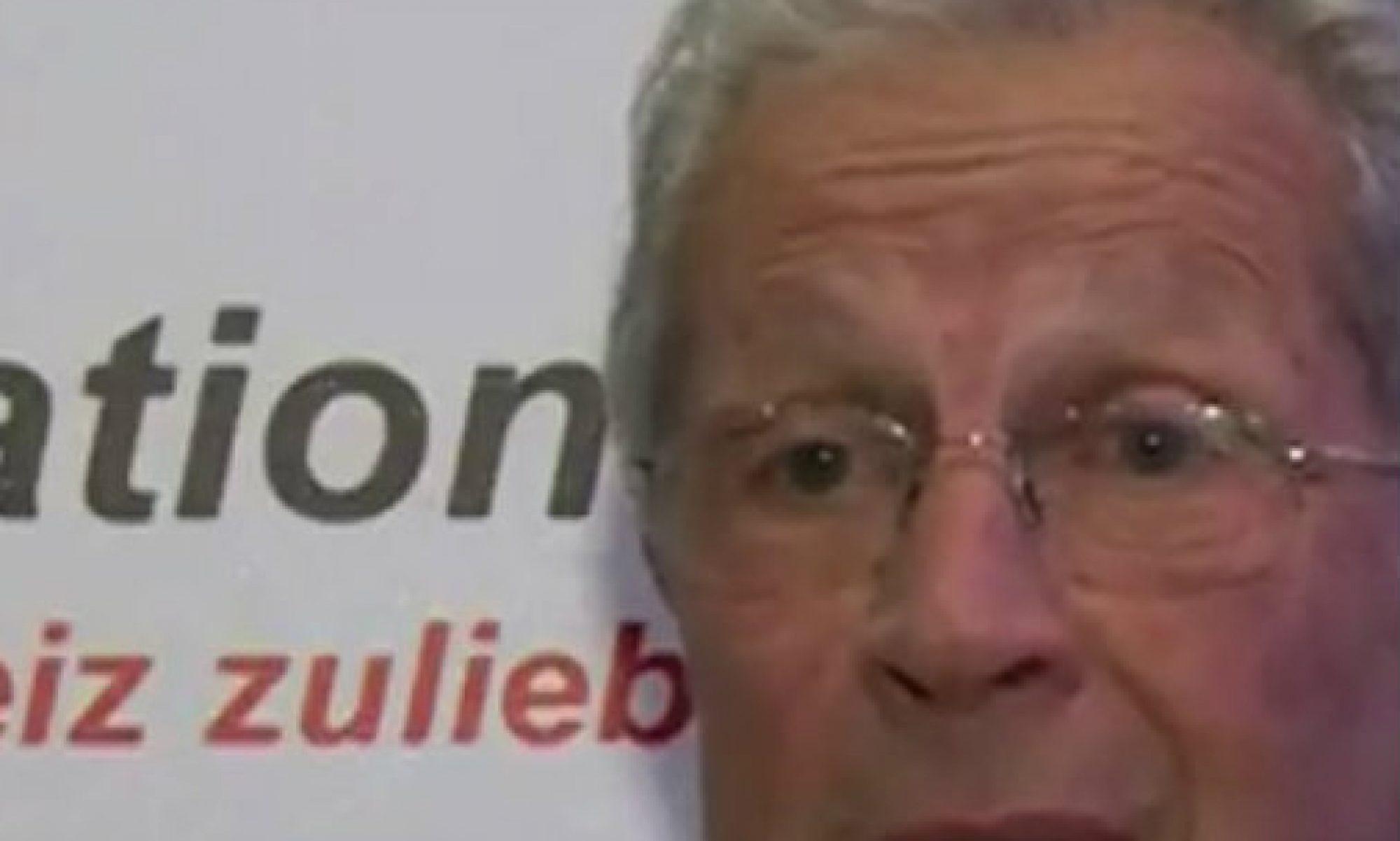Translating partial agreement can be a tricky task for even the most experienced translator. It refers to the concept of agreement where both parties involved in a negotiation or discussion have reached a consensus on certain aspects of the topic at hand, but are still in disagreement on others.
Partial agreement is common in many scenarios, such as business deals, political negotiations, and even personal relationships. It can be particularly challenging to translate because the nuances of partial agreement can be lost in translation if not handled properly.
Here are some tips for effectively translating partial agreement:
1. Understand the context: Before translating any text related to partial agreement, it is important to thoroughly understand the context of the conversation or negotiation. This will help you identify the specific areas where partial agreement has been reached and the points that are still up for debate.
2. Use appropriate vocabulary: When translating partial agreement, it is important to use appropriate vocabulary that accurately conveys the nuances of the conversation. In some cases, there may be specific terms or phrases used in the original language that do not have an equivalent in the target language. In such cases, it is important to use your linguistic skills to find the most appropriate way to convey the intended meaning.
3. Use clear and concise language: When translating partial agreement, it is important to use clear and concise language to avoid any confusion. Using convoluted or ambiguous language can lead to misunderstandings and misinterpretations.
4. Take cultural differences into account: Cultural differences can play a significant role in how people approach negotiations and discussions. When translating partial agreement, it is important to take these cultural differences into account to ensure that the translated text accurately reflects the original intent.
5. Work with a professional translator: Finally, if you are not confident in your ability to effectively translate partial agreement, it is always best to work with a professional translator. A qualified translator with experience in negotiations and discussions can provide valuable insight and ensure that the translated text accurately conveys the intended meaning.
In conclusion, translating partial agreement requires a deep understanding of the context, appropriate vocabulary, clear and concise language, cultural sensitivity, and possibly the assistance of a professional translator. By following these tips, you can ensure that the translated text accurately reflects the original intent of the conversation or negotiation.
